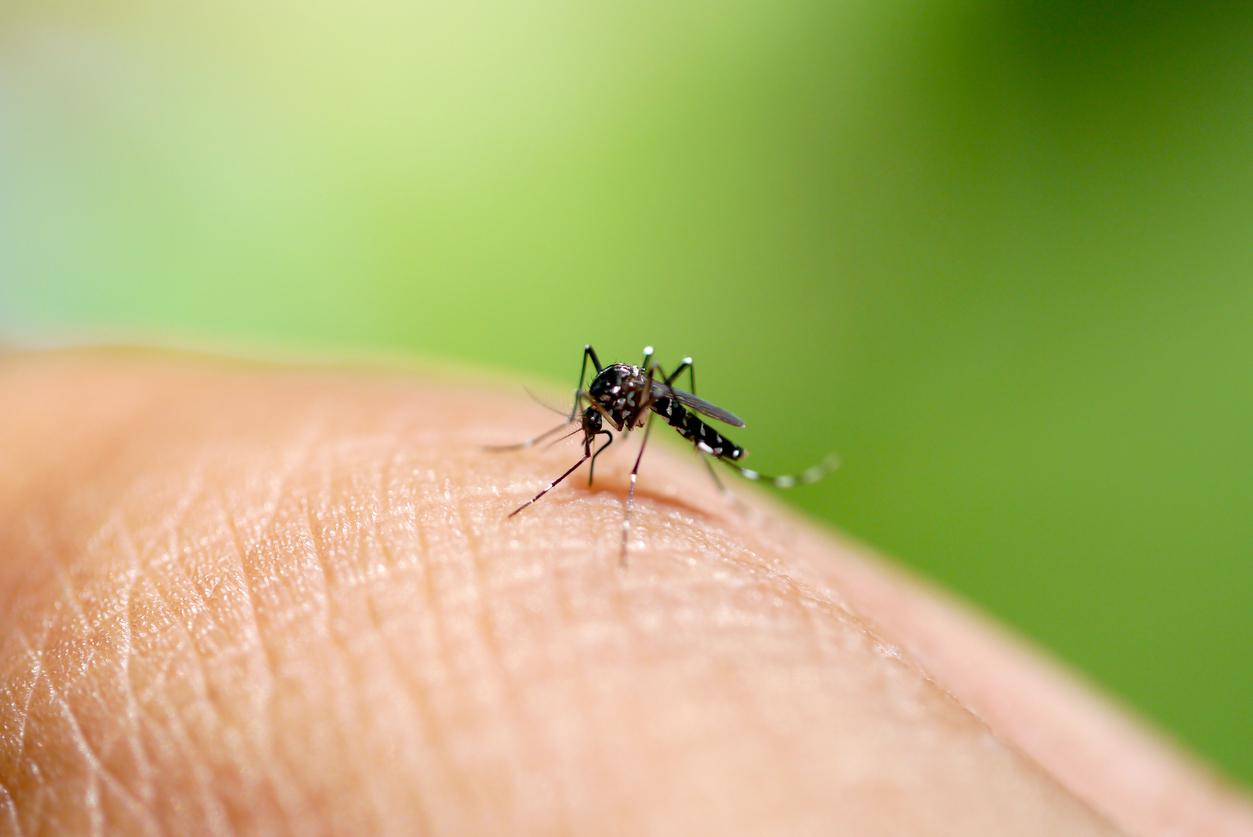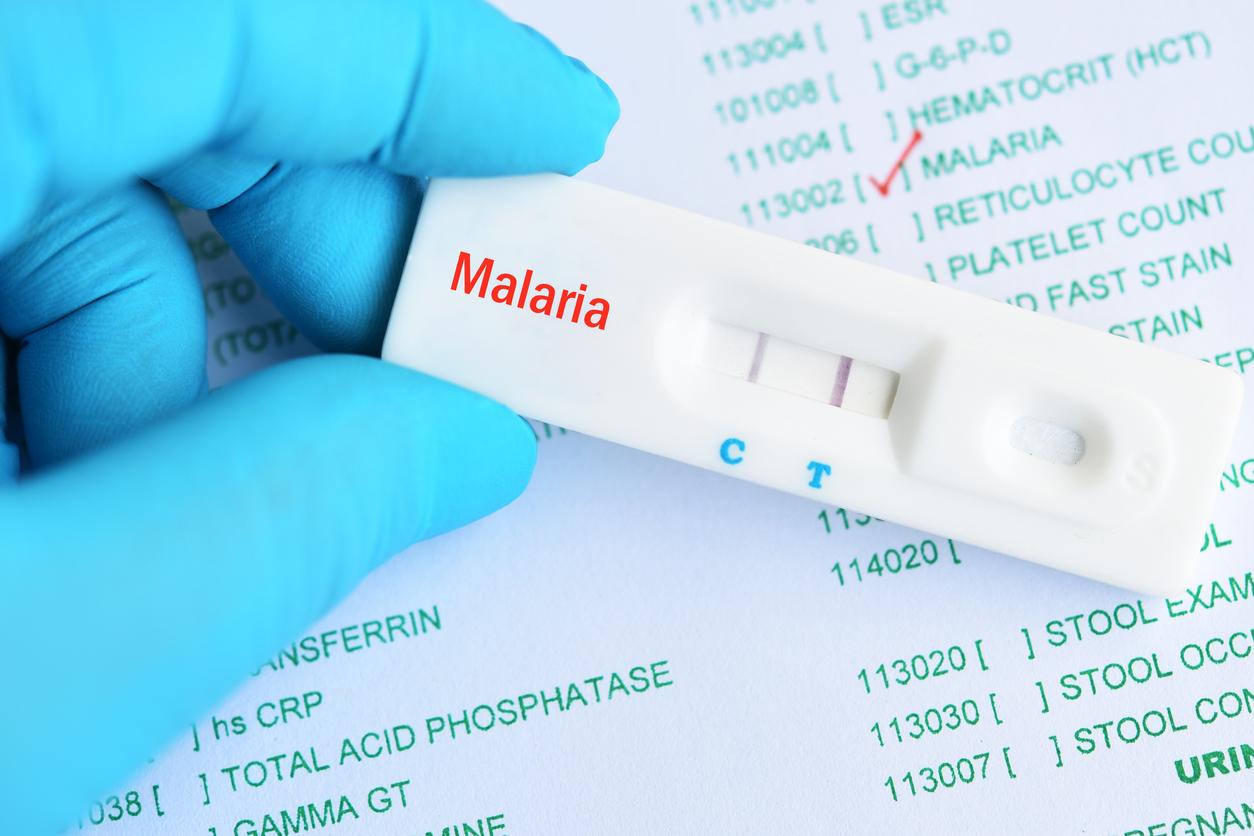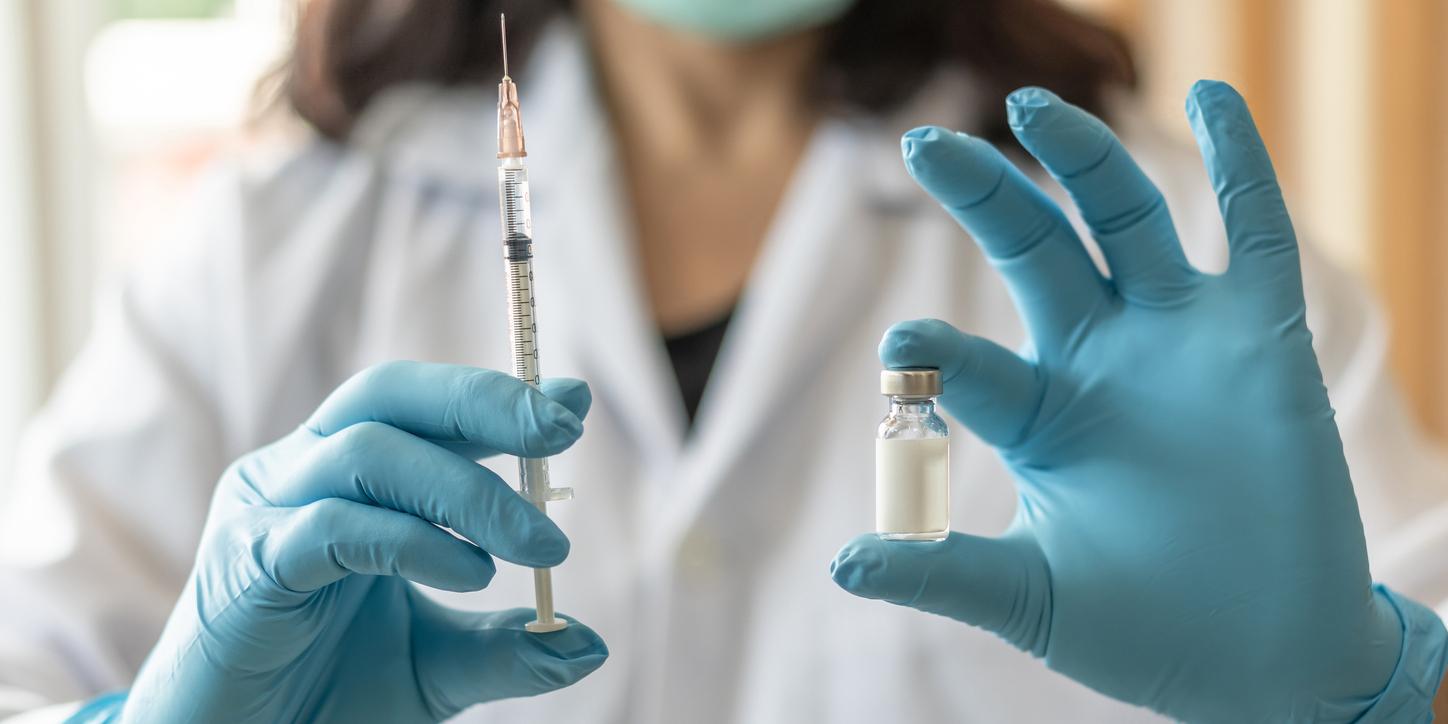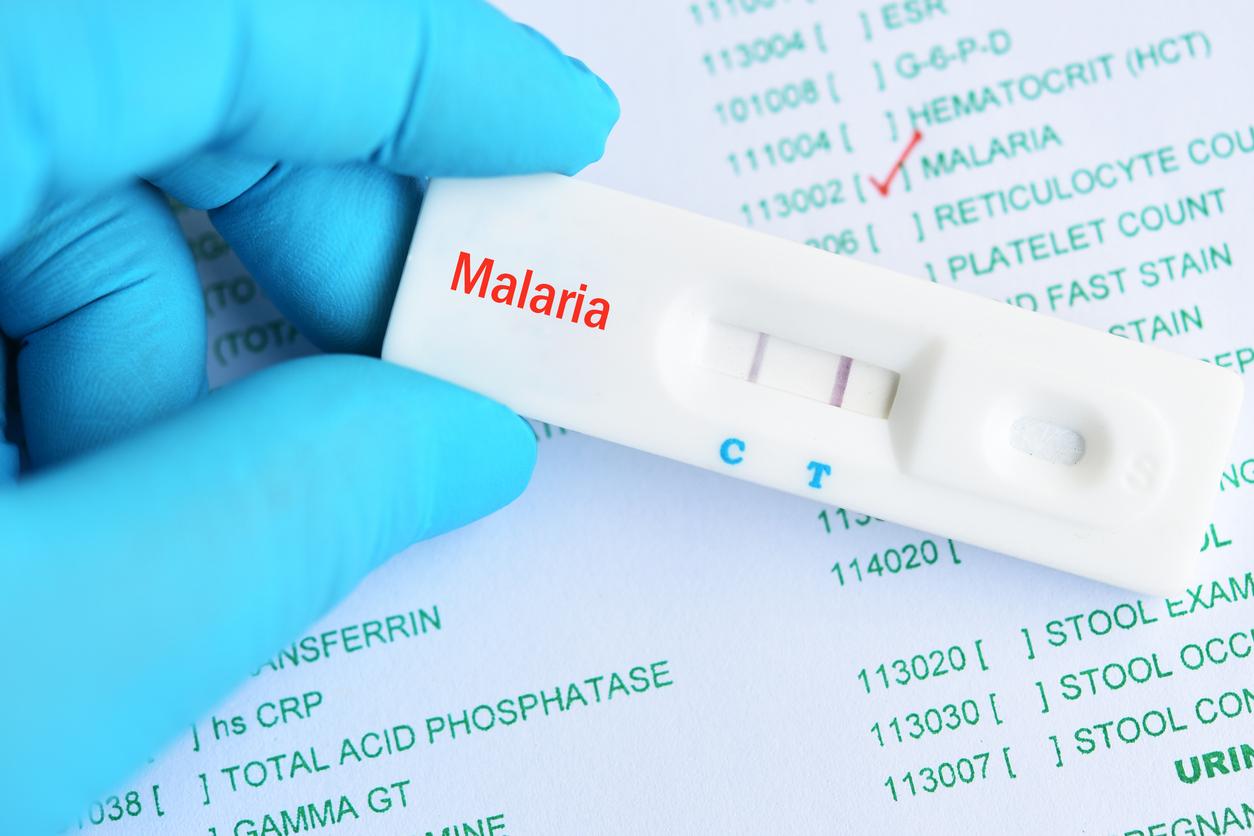The fight against the scourge of malaria continues in laboratories around the world. According to figures updated in March 2013 by the World Health Organization, half of the world’s population is at risk of malaria. In 2010, approximately 216 million cases and 660,000 deaths were recorded. For ten years, parasites resistant to derivatives of artemisinin, the major constituent of antimalarial treatments, have multiplied in Cambodia.
While experts fear the spread of these drug-resistant parasites to sub-Saharan Africa, the continent most affected by malaria, a team of researchers from the Institut Pasteur, CNRS and the National Institutes of Health have found a way to fight against this scourge. Scientists have identified a molecular marker to detect malaria parasites resistant to artemisinin derivatives.
“This molecular marker represents a powerful tool for detecting resistant forms of malaria, mapping their distribution and rapidly adapting treatment regimens to fight the disease”, specifies the CNRS.
To achieve this discovery, whose results were published by the journal Nature, the team used a mix of genomics, biology, clinical and epidemiology techniques. While until now, the means available to monitor the spread of resistant forms of malaria were expensive and difficult to set up, this discovery “constitutes a major advance in the fight against malaria aimed at eliminating this scourge”, conclude the researchers.
















